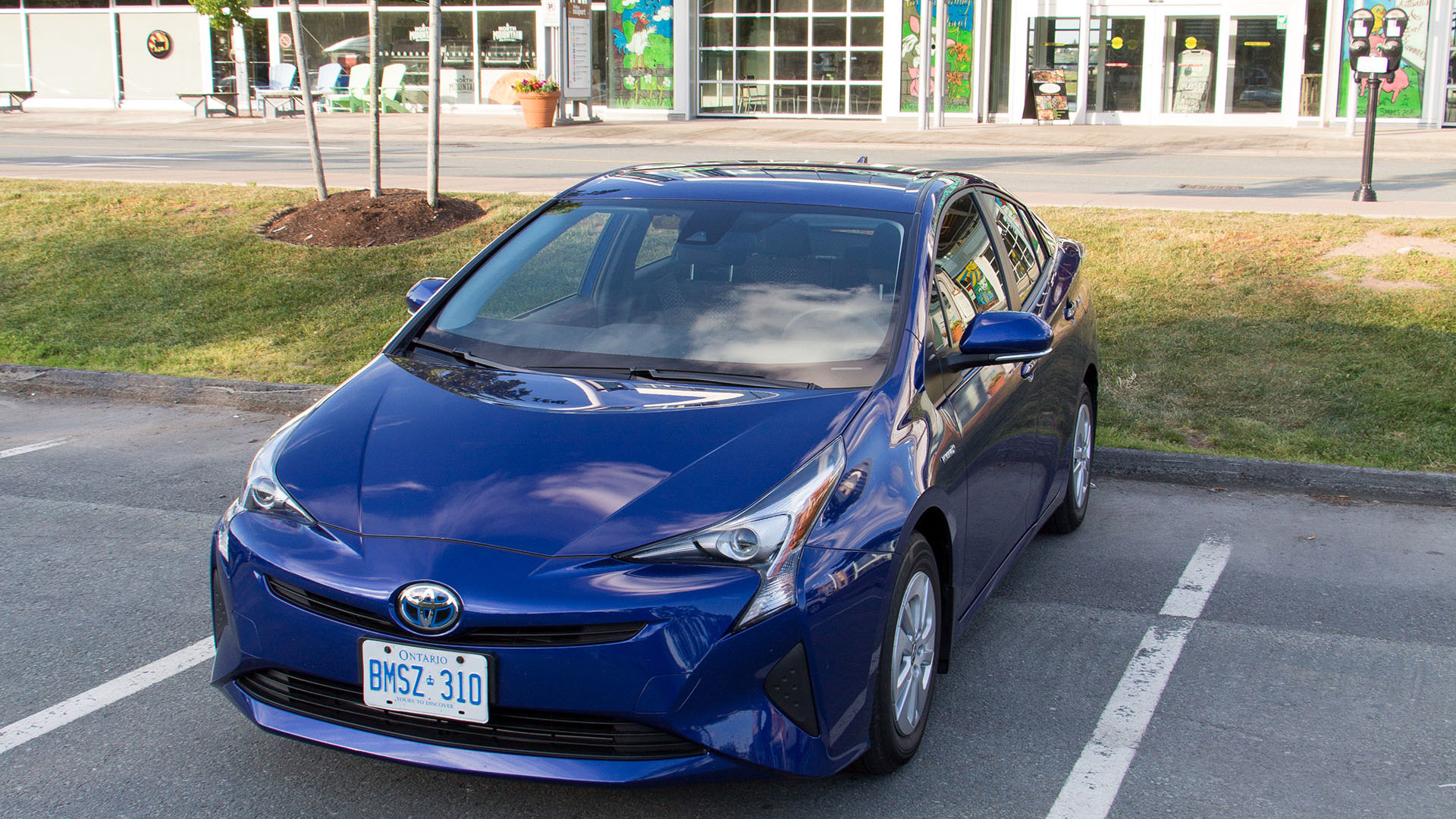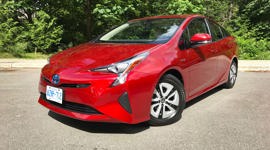 AutoTrader SCORE
AutoTrader SCORE
-
EXTERIOR STYLING6/10
-
INTERIOR8/10
-
PERFORMANCE8/10
-
FUEL ECONOMY10/10
-
COMFORT10/10
It seems like every week there is another supercar launched that takes an existing model and makes it more focused, more single-purpose, and more "hardcore". Air conditioning is removed (but always available as an option), carbon fibre replaces steel, the paint gets thinner to save a few grams, bigger wings are added, and, invariably, the price gets a nice bump too. All of those to make a car more suitable for a single use (usually the track) that the car will probably never even see. Most of these supercars are confined to a life of sitting in the garage, only brought out for shows. Or maybe an auction to find a new owner every few years.
The engine reaches more than 40 percent thermal efficiency, which is a record for a production gas car and is closer to an F1 car than to an average sedan
Well, there is one hardcore, focused machine out there that will see more use in a single year than most supercars will see in a lifetime. It's a car that has active aerodynamics and a full underbody tray. It has bits added to the doors, taillights, and sills to make the air flow around it more smoothly. The roofline has even been altered by 17 cm over the old model to help reduce drag. There is no carbon, but the body uses 600 percent more high-strength steel than the old one to save weight, each wheel is 0.7 kg lighter than before, and even the seats were completely redesigned to be lighter than ever. The engine reaches more than 40 percent thermal efficiency, which is a record for a production gas car and is closer to an F1 car than to an average sedan. But despite all of this, the car I'm talking about gets very little respect from gearheads and car people, which is something that needs to change. If you've read the title you already know the car I'm referring to, but if you didn't, I'm talking about a car whose single focus is on achieving the best fuel economy possible – the 2016 Toyota Prius.
Understand the lingo: Illustrated Guide to Hybrids
The headline for the Prius is the gas mileage, but the all-new body catches a lot of eyes. As far as the shape, let's call it unique and leave it at that. It does look better in person, and it does grow on you to some extent, but it probably isn't going to go down as one of the most beautiful cars ever put to steel. That's fine. Most race cars aren't gorgeous either, and that's because the shape is intended to be functional. The same applies here. The wind tunnel comes first, aesthetics come second. As far as the fuel economy, my 300 km or so of mixed hilly highway, city, and country driving got an indicated 3.5 L/100 km. I even had a single 25 km trip that netted me 2.2 L/100 km. That's a fair bit better than the window sticker 4.4 city, 4.6 highway rating, and I wasn't doing anything to hypermile.
The car’s dedication to fuel economy doesn't make it bad to drive, and the Prius is actually better than I had expected it to be. For a start, the suspension is independent at all four corners, which is unusual for a smaller car, especially one not aimed at enthusiasts. Second, it has nice, small 15-inch wheels and 65 series tires. With so many small cars now wearing 17-inch or larger wheels, the Prius' light wheels are a treat. While sacrificing some style, they let the suspension do its job over bumps, making for a more comfortable ride. They help the car accelerate and brake more quickly as well. The Prius doesn't beg you to toss it around on a back road, but the light weight, surprisingly good body control, and direct steering mean that you will enjoy it if you do. You may even be surprised at how enjoyable it is. After all, if you have better cornering, you slow down less, and then you burn less fuel accelerating away from the curve.
Underhood are a 1.8L inline-four that produces 95 hp and an AC electric motor that produces 71 hp and 120 lb-ft of torque. The combined output is a max of 120 hp and an extremely flat torque curve. It accelerates faster than that number would suggest and has no problem squeezing into a gap in traffic or merging onto a busy highway from a short on-ramp. The ample torque and smooth CVT make for an appealing package. The brakes are smooth and easy to modulate, with none of the sudden, abrupt, or awkward transitions from regenerative to hydraulic braking that some older hybrids experience. The operation of the gas engine cycling on and off is equally seamless.
The interior is greatly upgraded over the last generation. The dash and console both look significantly more upscale that the old model. They may not be soft-touch, but they look like they are, which is what really matters - right? The dashboard LCD screens are clear, with quick response times when you change screens. There are more information modes than you could ever ask for, and the car tracks fuel economy down to the day. Think of it like a lap timer for your commute.
On the center stack, everything is right at hand, and intuitive to use. The 6.1-inch touchscreen is nice and high, with the HVAC controls directly below. As a bonus, the controls are actually buttons, so no menu-hunting is needed.
The seats are extremely supportive and may well be the best seats I’ve ever sat in in a mainstream car. There’s just enough bolstering, the headrest is well positioned, and there is lots of thigh support. There is plenty of room in the back seat for a pair of full-size adults, and the hatchback body gives a fairly cavernous 697 L of cargo space behind the rear seats.
The Prius is very quiet inside. Toyota has used special clips and different methods of assembly in the body to reduce sound without increasing weight. There are occasional soft whirs and clicks from the hybrid system, but nothing intrusive. They quickly become just a bit more character for the car and really make it all feel a little more high-tech.
My test car was the $25,995 base model, and was well-equipped with a 6.1-inch screen, USB and Bluetooth, power windows, and notably, LED headlights. It also had an upgrade package which came with radar cruise, heated front seats, auto high-beams, and lane-departure warning, and is a deal at $590. There are two trim levels above the base, but the Technology and Touring trims are currently only available in Toronto, Vancouver and Montreal.
Toyota has dominated the hybrid market since the Prius launched here in 2001. The newest car continues that and manages to both out-hybrid the old one by being slipperier, more efficient, and more odd, and outdoes the old one as a car by being more comfortable, more spacious, and less obviously a hybrid when you drive it. For the first time, the Prius is firmly at the top of my “recommend list” for anyone who does a lot of driving, or, with a range of 900 km or more, even just anyone who hates trips to the pump.
| Warranty: 3 years/60,000 km; 5 years/100,000 km powertrain; 5 years/unlimited distance corrosion perforation; 3 years/60,000 km roadside assistance; 8 years/160,000 km hybrid components Competitors: |
| Model Tested | 2016 Toyota Prius |
|---|---|
| Base Price | $25,995 |
| A/C Tax | $100 |
| Destination Fee | $1,690 |
| Price as Tested | $28,375 |
|
Optional Equipment
$590
|
|






























